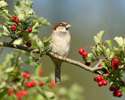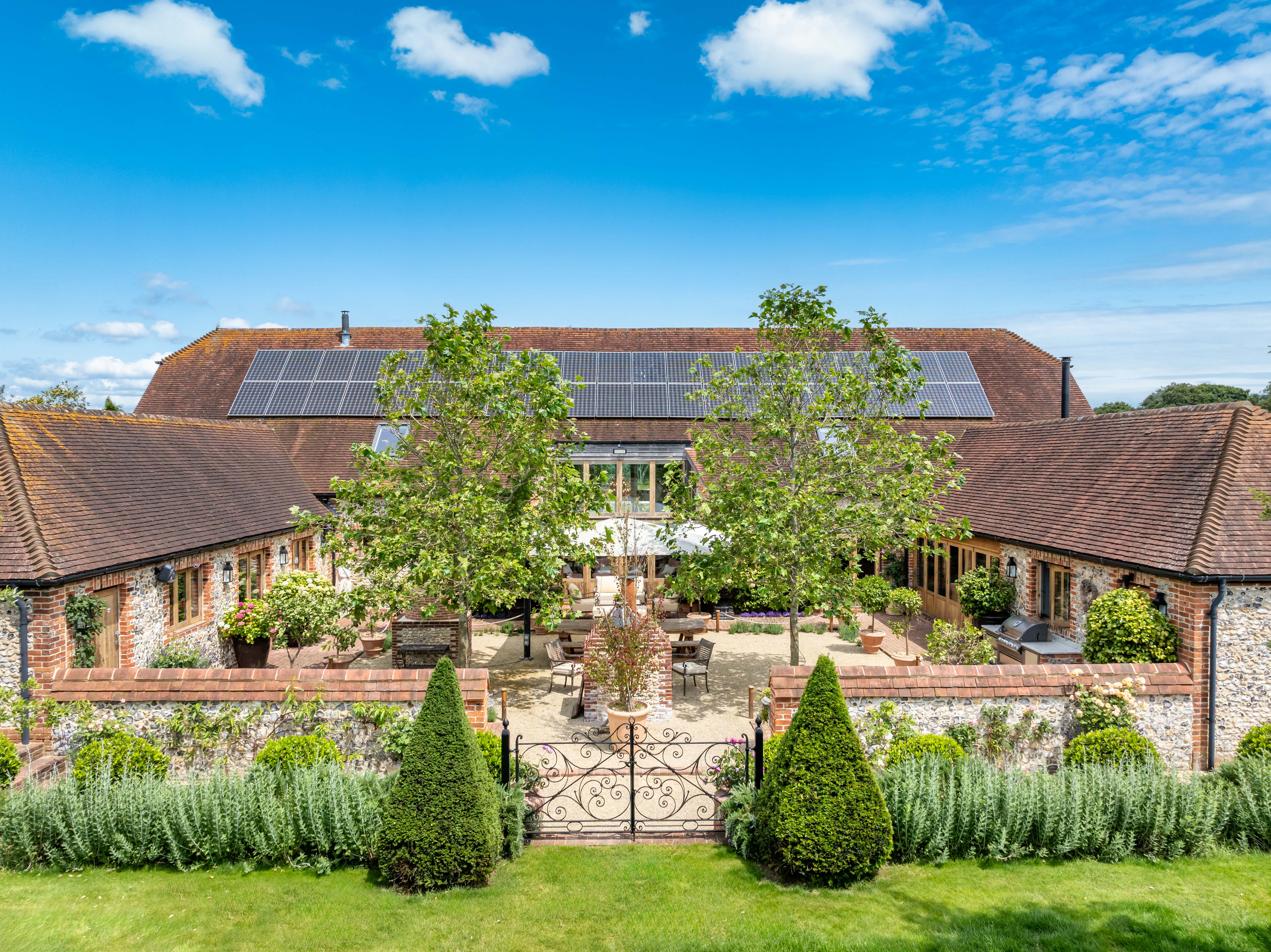Gardening tips for this week
Removing finished crops, preparing for autumn’s leaf fall and buying bulbs and seeds are tasks for this week in the garden


Removing finished crops
Clearing away crops as soon as they’ve finished producing is a good organic hygiene practice that can help remove any pests still present and therefore try to prevent a build-up. Unless any foliage is diseased, as in blighted potato haulms, which should be burnt, it can all go on the compost heap. It is an advantage if you can shred the tough stems of the likes of broad beans, sweetcorn and any brassicas; this will enable them to rot down more quickly in the compost heap. Cut the tops off the broad beans, but leave the roots in the ground, where they will fix nitrogen in the soil, to benefit the crop that follows them.
Leaf mould
This an ideal time to prepare for autumn’s leaf fall. We use three compartments for storing our leaf mould. The largest, made from wire netting, is for the bulky new autumn leaves, so last year’s leaves are best moved on now into the second compartment, built half the size of the wire one, but made from exterior plywood, where the leaves are held for another year. The third compart-ment then gets the two-year-old leaf mould, which can be used from now onwards. You can use plastic dustbins (with lids) to store the two-year-old leaf mould as they make excellent containers for keeping it dry and are movable around the garden.
Hardwood cuttings
As this year’s growth on fruit bushes starts to harden, now is a good time to increase your soft-fruit bushes such as currants and gooseberries, by taking hardwood cuttings. Cuttings need to be at least 6in long, of good-quality growth, and cut horizontally just below a leaf joint at the base and a sloping cut at the top, away from a leaf joint. Remove the bottom half of leaves and push a number of the cuttings into a deep pot of free-draining compost to the depth of the remaining leaves. Water in well and place outside in a sheltered location, but not in full sun. Don’t allow them to dry out before the winter, keep them well watered in the spring and they could be ready for potting on next autumn. Ornamental shrubs such as Weigela, Spiraea and Prunus pissardii and many others that produce any strong growths, can also be propagated in this way.
Bulbs and seeds
Sign up for the Country Life Newsletter
Exquisite houses, the beauty of Nature, and how to get the most from your life, straight to your inbox.
With bulbs now filling the shelves of garden centres, try to buy your selection as early and as fresh as possible. For a wider range and specialist bulbs, you normally have to turn to the catalogue firms (see the RHS Plant Finder for stockists, or search online). By getting the bulbs into the ground on receipt, you give them a better chance of throwing out roots when the soil is still warm. Some bulbs, such as Dutch iris and tulips, have a recommended planting time of October and November. It’s hard to think about next year’s seed when still harvesting produce, but seed catalogues will be dropping through your door now, and placing an order when crop successes are still in your mind is a good idea; seed potatoes, shallots and onion sets should always be ordered early.
Philip Maddison is head gardener at Harrington Hall, Lincolnshire (www.harringtonhallgardens.co.uk)
Country Life is unlike any other magazine: the only glossy weekly on the newsstand and the only magazine that has been guest-edited by HRH The King not once, but twice. It is a celebration of modern rural life and all its diverse joys and pleasures — that was first published in Queen Victoria's Diamond Jubilee year. Our eclectic mixture of witty and informative content — from the most up-to-date property news and commentary and a coveted glimpse inside some of the UK's best houses and gardens, to gardening, the arts and interior design, written by experts in their field — still cannot be found in print or online, anywhere else.

